|
Disclaimer: FOR TEST AND EXAMPLE PURPOSES ONLY! These web pages are not intended to be used as a source of information on medicines.
The web pages are not kept up to date and are for demonstration purposes only.
For up-to-date information on a medicine, please consult www.ema.europa.eu/medicines or the package leaflet of your medicine.
|
BACK TO LIST |
Laboratory Report
|
|
|
|||||||||||||||||||||||||
Chemistry
| Test | 02-APR-2025 | Reference Range | Unit |
|---|---|---|---|
| Hemoglobin A1c/Hemoglobin.total in Blood | 5.9 H | 3.8 - 5.7 | % |
| Glucose [Mass/volume] in Blood | 86.9 | 70 - 140 | mg/dL |
| Urea nitrogen [Mass/volume] in Blood | 15.1 | 7 - 20 | mg/dL |
| Creatinine [Mass/volume] in Blood | 0.7 L | 0.9 - 1.3 | mg/dL |
| Calcium [Mass/volume] in Blood | 9.5 | 8.5 - 10.5 | mg/dL |
| Sodium [Moles/volume] in Blood | 139.0 | 135 - 145 | mmol/L |
| Potassium [Moles/volume] in Blood | 4.2 | 3.5 - 5.3 | mmol/L |
| Chloride [Moles/volume] in Blood | 110.7 H | 98 - 109 | mmol/L |
| Carbon dioxide, total [Moles/volume] in Blood | 24.7 | 22 - 32 | mmol/L |
Annotation
| Conclusion and Recommendations based on this report and previous findings known to us |
|---|
| The patient shows mildly elevated HbA1c, suggesting impaired glucose metabolism or prediabetes, though current glucose is normal. Creatinine is slightly below the reference range, which may be due to reduced muscle mass in elderly patients and is usually not clinically significant. Chloride is mildly elevated, which could reflect mild dehydration or compensation for acid-base balance. Other parameters are within normal limits. No acute abnormalities detected; recommend monitoring glucose metabolism and clinical correlation for electrolyte findings. |